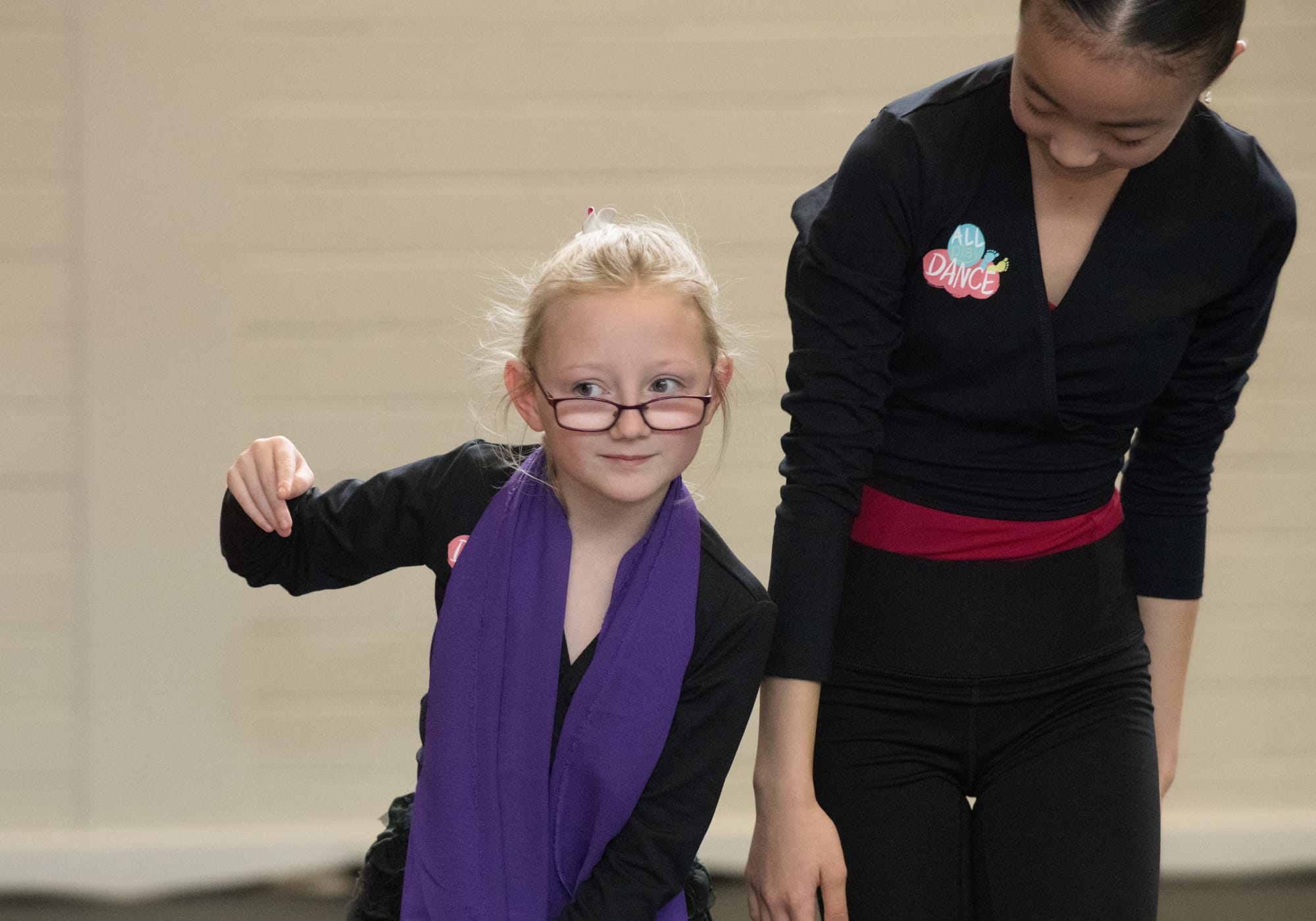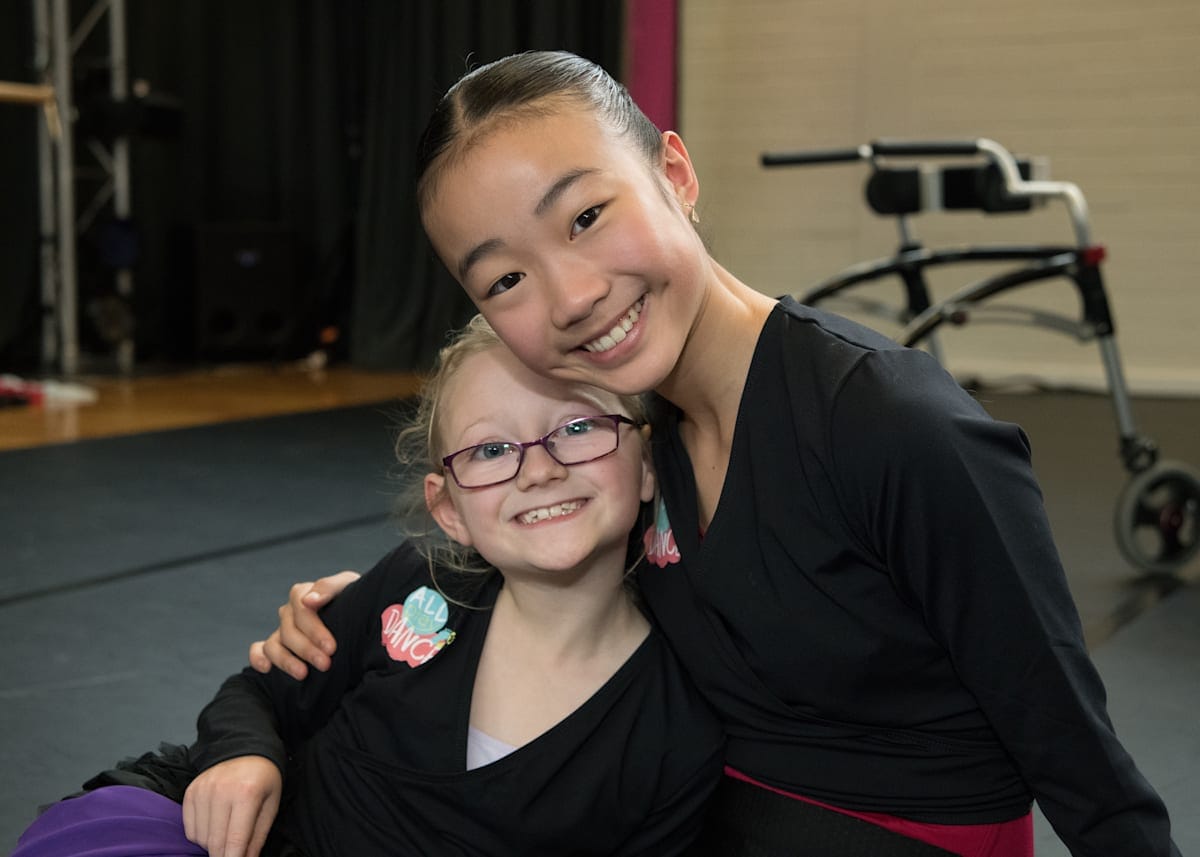
Australia stands on the brink of one of the most significant reforms to child development and disability support in a generation.
The Thriving Kids initiative – a $2 billion national investment to deliver equitable, evidence-based supports for children aged zero to nine – can build a better system not just for childhood, but for the decades that follow.
Designed well, Thriving Kids will help children participate in everyday life, support parents to stay in work, and make the transitions from early childhood to school, adolescence and employment far smoother. This is a chance to fix the design problems families feel every day – complexity, inflexibility and fragmented supports – with practical solutions that work in the real world.
The lesson from decades of research is simple: What we do in childhood, when the brain is most plastic and possibilities are wide open, shapes every outcome that follows.
Early help pays off in education, health and productivity – and in the wellbeing of entire families. It also pays off for employers and the economy when parents, especially mothers who shoulder much of the caring load, can stay in the workforce because supports are available at the right time and in the right place.
Gender matters in this story – but it’s a symptom of broader design problems. Disability prevalence is similar for males and females, yet girls and women are under-represented among National Disability Insurance Scheme (NDIS) participants. Women also perform most unpaid care and make up the majority of the disability workforce.
These facts should sharpen our focus, yet the solution is not a siloed “girls’ program”. It’s a system designed for real families that removes the frictions that keep too many children – including girls – from being identified early and supported well.
What does good design look like?
First, make access diagnosis-agnostic. Families shouldn’t have to wait months for a label to receive support we already know will help their child.
Second, make programs pragmatic. Ask how support will actually be used in a real family’s week. If an intervention runs between 9am and 3pm, and parents must pull their child out of school and leave work twice a week to attend, participation plummets and stress rises. Deliver that same program after school at 4.30pm, close to home, and participation soars. Small scheduling choices compound into big differences for family stability, mental health and employment.
Third, design for life-course transitions. The steepest cliffs come when support ends–— the move into primary school, into secondary school, and then into adulthood.
We should plan each step with the next in mind so children and families aren’t left to start again every few years.

Fourth, embed inclusion in mainstream settings. Not every child wants to play footy; some want to dance, code, swim or play music. Partnerships with community sport, arts organisations and schools create more entry points and more chances to practise skills where children actually live their lives. That is where inclusion becomes a habit, not a special event.
A decade ago, we began mapping AllPlay, an Australia-wide initiative to investigate ways of breaking down barriers to inclusion for children with disability, with a simple proposition: Philanthropy can de-risk ideas that governments should scale when they work.
The first stone for AllPlay was laid in the offices of Arnold Bloch Leibler, and we built from there, on the grounds of the AFL, in the studios of Queensland Ballet, and in classrooms across local schools.
Myriad important moments followed, but four stand out because they shaped the journey.
First, AllPlay Footy taught us that not all children want football; families asked for other choices, and AllPlay Dance was born.
An exciting day for the AllPlay Footy team! We were thrilled to have our new resources and disability inclusion training featured on @abcnews Breakfast this morning. @allplayau Footy is a partnership between @MonashUni and the @AFL that helps makes footy inclusive for all kids. https://t.co/m7KQLaeV6i pic.twitter.com/yQVo7C6acN— AllPlay (@allplayau) September 28, 2023
Second came the question: What about adolescents? And we discovered the work being undertaken by Flying Fox, building confidence and community through inclusive camps and programs. We’ve since partnered with them.
Third, we asked what happens in schools – AllPlay Learn and collaboration with Giant Steps helped translate inclusion into the everyday routines of teachers and students.
Finally, we asked what happens when those children grow up. That became All Things Equal – a bridge to real jobs and purposeful adult lives.
Across these programs the theme is consistent – join the dots, remove the friction, and keep asking “who is missing?”.
When we ask that question, girls often emerge as a group that existing systems don’t see early enough. One of our AllPlay Dance programs runs after school at 4.30pm in partnership with Monash and Deakin universities.
Five years ago Morgan and Bridget met at AllPlay dance, a research-backed program cofounded by Nicole Rinehart & designed to break down barriers to #inclusion for children with disability. The girls are now firm friends & reflect on the surprising impact the initiative. @IDPwDof pic.twitter.com/G9saYVFvUY— Monash Education (@MonashEducation) December 3, 2022
We’ve seen not only mothers but grandmothers joining in, building intergenerational confidence and connection. A randomised controlled trial is evaluating developmental outcomes for participating children, but some of the benefits – the stronger social ties, the relief of not having to miss work, the pride of a teenager helping a younger sibling – will never show up on a spreadsheet. They are nonetheless real, and they matter.
Thriving Kids can hardwire these lessons from day one. Here are practical steps that would make a measurable difference:
- Create a “no wrong door”. Let families enter through community organisations – sports clubs, dance schools, libraries, neighbourhood houses – and connect them to evidence-based supports without insisting on a diagnosis first.
- Tie funding to usable access. Prefer programs that run outside school hours and near where families live, and that offer options for siblings to attend and parents to remain engaged in work.
- Build a learning system. Embed a national research platform within Thriving Kids to test, learn and scale. Measure participation and outcomes, not just service volumes, and publish what works so states, providers and communities can adopt it quickly.
- Train the mainstream workforce. A coach, a dance teacher or a classroom teacher with the right tools can be the difference between inclusion and exclusion. Micro-credentials, on-the-job coaching and easy-to-use resources should be part of the package.
- Design for transitions. Every program should state explicitly how it links to the next stage, from early childhood to school, to adolescence, to pathways into further education and employment.
- Keep equity in constant view. Ask “who is not turning up?” – by gender, language, postcode, First Nations status and family income – and adjust the design until the answer is “no one”.
None of this requires reinvention. It requires careful, human-centred design and the discipline to stick with it. It means favouring approaches that minimise drop-out, reduce wait times and make it easy for families to keep showing up.
It means backing philanthropic and university-led innovation, and then scaling what delivers for children and families in the real world.
It means fewer forms and fewer appointments to chase, and more time spent where progress happens – in a classroom, on a stage, at a pool, on a footy oval, in a workplace.
The payoff is multi-generational. When supports are accessible and embedded in community, children build skills and confidence, and parents can keep their jobs and their health.
Over time we should expect fewer urgent crises, better school attendance, stronger mental health, and more young people moving into training and work. We should also expect inequities to narrow – including the gender gap in who is seen, supported and funded – not because we rebadged programs, but because we designed them to be used by every family who needs them.
Thriving Kids is a rare chance to build a simpler, smarter architecture for disability support. Australia should seize it.
Start with what works. Design for real families. Join the dots from early years to employment. And keep asking the question that changes programs and lives: Who is missing, and what would it take for them to be here?
Families who want to register for the 2026 AllPlay Dance program, which starts early next year, go here, or call 99053771. Dance instructor buddies who want to be part of the program can register their interest here.
AllPlay and the Joy of moving programs are supported by contributions from Moose Toys, the MECCA M-Powered Collective, the Grace and Emilio Foundation, the Grosman Family Foundation/Shoreline Philanthropy Trust, Jonathan and Simone Wenig, Arnold Bloch Leibler, Ferrero Corporate Social Responsibility, Aspen Australia, and Adam Krongold.
This article was co-authored with Jonathan Wenig, a partner at Arnold Bloch Leibler, an adviser to AllPlay, a director of Giant Steps Melbourne, and the founder of All Things Equal.





